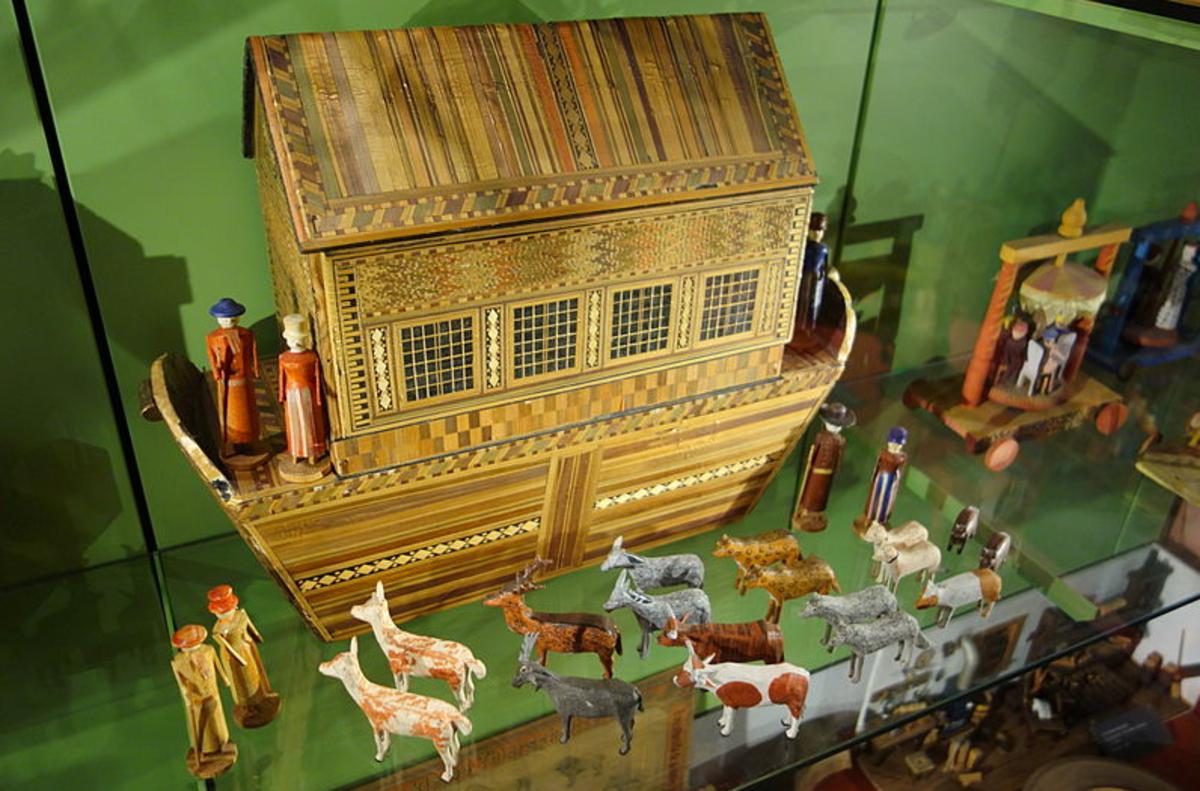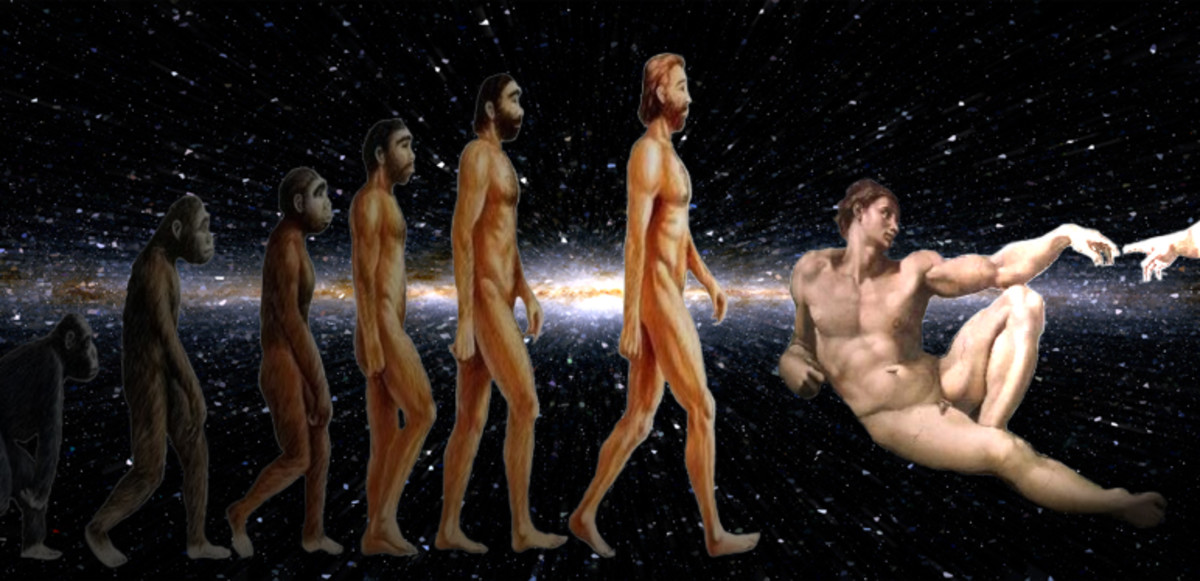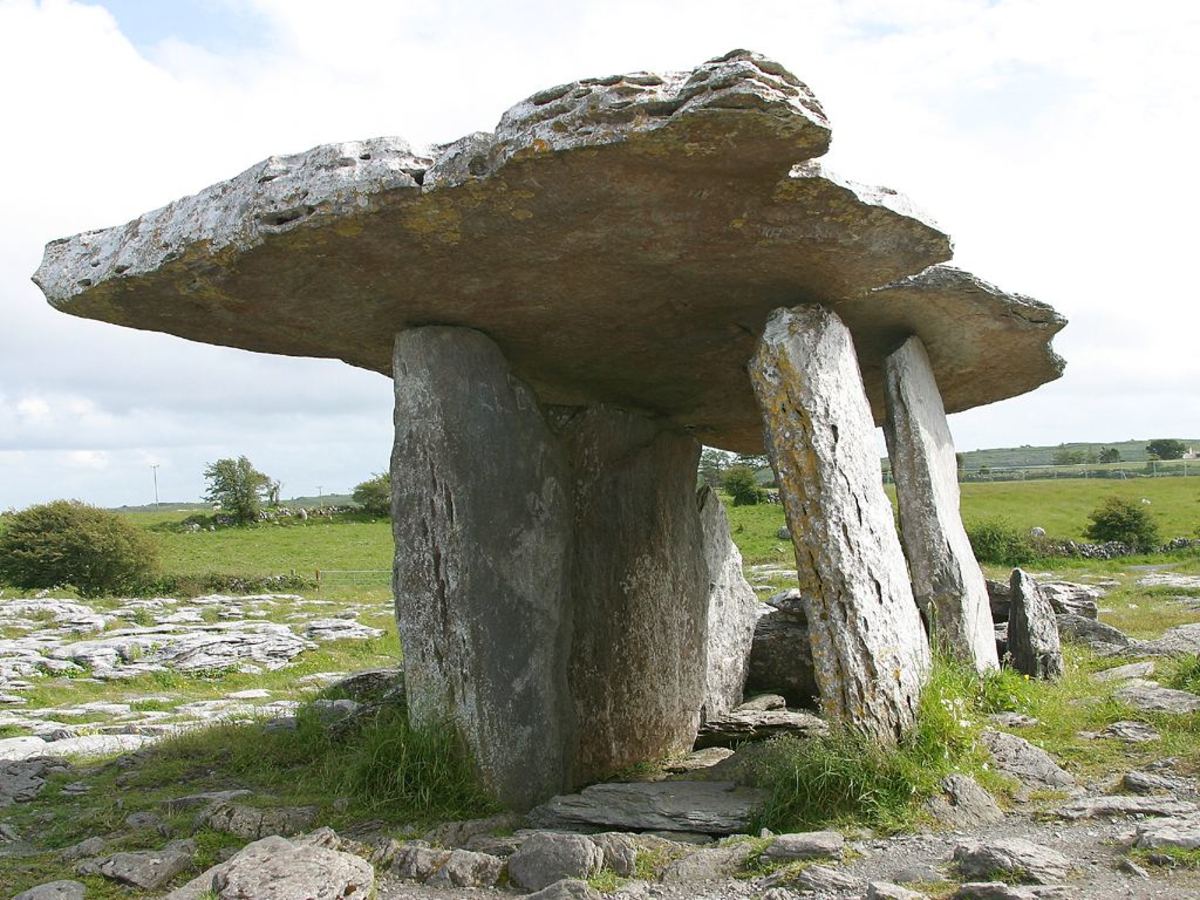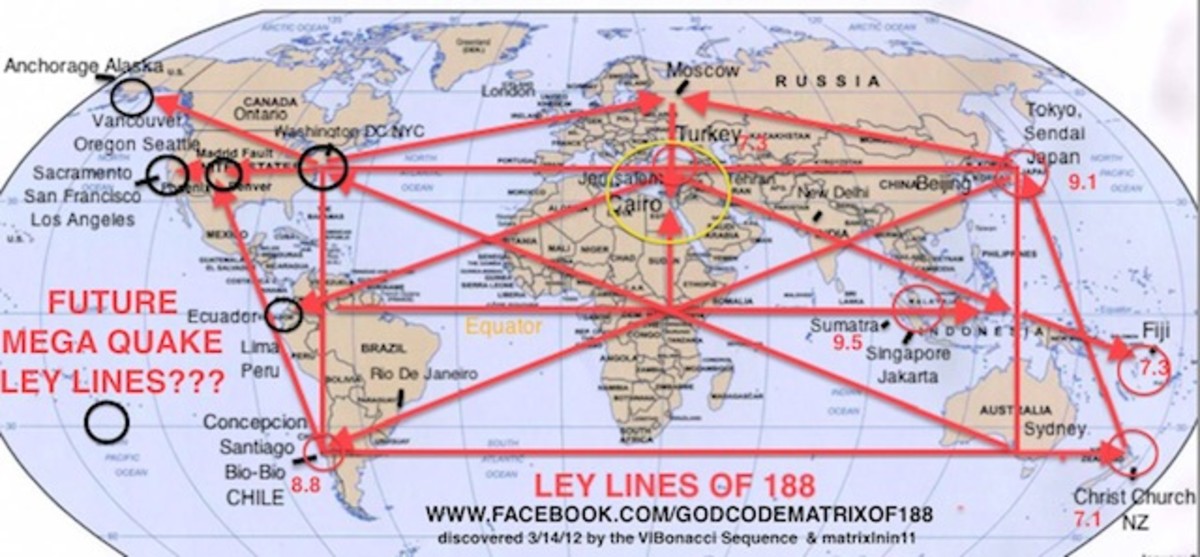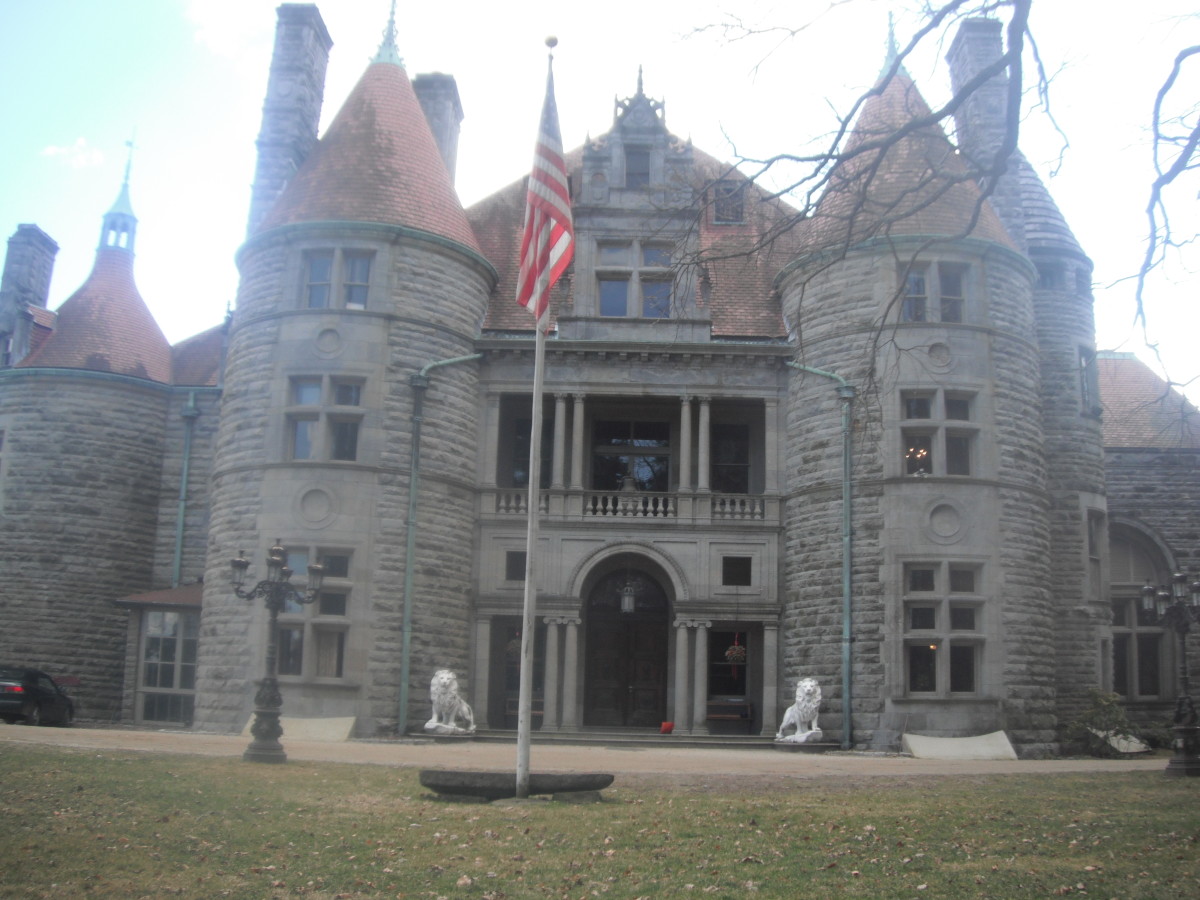- HubPages»
- Education and Science»
- History & Archaeology»
- Archaeology
Who was Noah?
Noah's Ark...
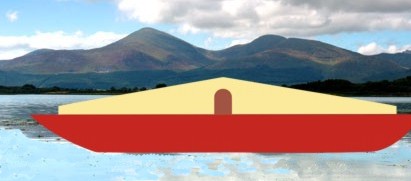
A new look at Noah's age-old flood plan
I love the Bible story of Noah. I love the idea of a middle-eastern gentleman who lived about five and a half thousand years ago, building a large boat and filling it with paired animals of all kinds to save them and mankind from a flood. Many scholars and holy people dismiss the story as merely allegorical, the flood being a sort of baptism that “cleansed” the world of sin but I like to think that Noah really did live.
Not long ago, Raiders of the Lost Past on the Yesterday television channel featured a search for Noah’s ark. It should have been exciting to watch, but it left me feeling disappointed. The programme focused on happy bands adventuring up and down the slopes of Mount Ararat, rather than being an objective discussion about who Noah was, where he lived, and why and how he built the ark. No one even attempted to model the ark on a computer screen, a relatively easy thing to do and a fascinating prerequisite to a search for the real thing. So, here goes.
In Genesis, Noah was the son of Lamech and the father of Shem, Ham and Japeth. When Noah was born, Lamech declared: here is one who will give us, in the midst of our toil and the labour of our hands, a consolation out of the very soil that Yahweh cursed. From the references to labour and soil, we know that Noah and his people were definitely farmers, mankind having moved on from hunting and gathering solely as a means of finding food. According to Helen Gardner, agriculture was well established in Near Eastern countries like Jordan, Iran and Anatolia (Turkey) by 7000 BC, since only agriculture could have supported ancient towns like Catal Huyuk and Nineveh. Experts believe that the great flood that was described in the Sumerian Epic of Gilgamesh was not necessarily the same flood as described in Genesis. The rivers that granted Mesopotamia its fertility, most notably the Tigris and the Euphrates, made it prone to flooding and the story of Noah’s flood was possibly an amalgam of these.
But what about the ark, and could a Neolithic gentleman farmer really have built it? In Genesis, God give Noah definite and detailed instructions on building it: make yourself an ark out of resinous wood. Make it of reeds and caulk it with pitch inside and out…the length of the ark is to be three hundred cubits, its breadth fifty cubits and its height thirty cubits. Make a roof to the ark, building it up to a cubit higher. Put the entrance in the side of the ark, which is to be made with lower, second and third decks…
An instruction manual indeed! Coniferous trees like spruce, pine and fir grow resinous wood. The resin is actually the sap of the tree; thick, gluey and waterproof. The conifer wood that Noah built his ark from was most likely that of the cedar tree, which grew plentifully in Lebanon and Turkey in Neolithic times. The cedars of Lebanon are actually mentioned in the Epic of Gilgamesh. Because the denizens of the Neolithic age had not yet begun iron smelting and couldn't have made nails, the planks of wood would have had to be caulked with a substance like pitch, extracted from the same resinous wood. The cubit is a variable length, being the length from the elbow to the tip of the middle finger. However, experts agree that the ark was approximately 440 x 73 x 44 feet. While writing this, I watched an absorbing video on how dwellers of the Iraqi marshlands built a beautiful house of reeds, using a technique that has been in existence for thousands of years. The little “house” on the top deck, so beloved of artists and illustrators, was most likely a shelter made of reeds.
As an experiment, I created a boat of those proportions and as close as possible to the biblical description with a computer drawing package. The result was surprising, the ark being a long, low artefact and not the short and bulky boat of popular imagination and illustration. Maybe Neolithic boats were long and low? But my point is that it is not beyond the boundaries of imagination that a man of Noah's social standing could have organised a team of labourers to cut down trees into planks, to light fires and make pitch and eventually, to build and caulk a boat that would house him, his family and workers, and all their animals, in case the rivers of Mesopotamia should burst their banks. In summary, Noah had a flood plan. No doubt, sceptical people would have laughed and said that he was wasting his time. One day, I hope to go to some of the places mentioned in the Bible. In the meantime, I imagine Noah, his friends and animals tossing about in the ark, and waiting for the Great Flood to subside.
Sources
The Holy Bible
The Encyclopedia of Religion, edited by Mircea Eliade
Art Through the Ages by Helen Gardner, Harcourt Brace Jovanovich

